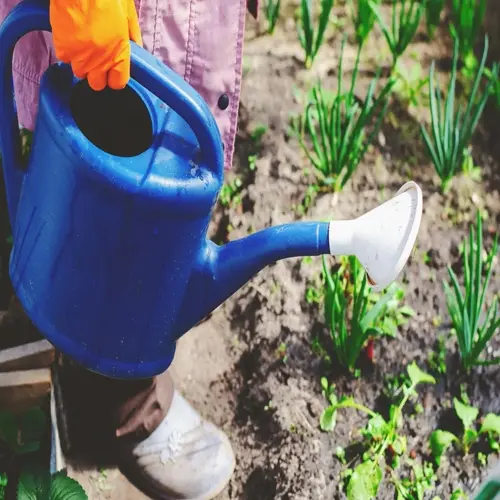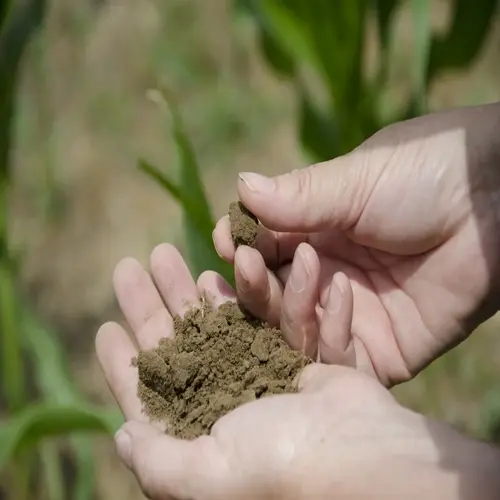Are store-bought test kits reliable?

Written by
Michael Sullivan
Reviewed by
Prof. Samuel Fitzgerald, Ph.D.Commercial soil test kits have the advantage of convenience but are drastically inaccurate. These products can supposedly only produce approximate measurements. They are sufficient for simple pH tests and tests for extremely limiting nutrient deficiencies. They lack the laboratory-grade precision necessary for making important gardening decisions.
Kits typically include color indicators that match pH testers and capsules designed to detect specific nutrients. Typically, one mixes soil with the provided solution and then compares the color of the liquid to a color chart. Therefore, depending on the individual's interpretation and the conducting of the tests in the appropriate light settings, results can vary considerably. For example, I observed a pH reading that differed by as much as 1.5 units between the kitchen and outside light!
pH Testing
- Color charts have ±1.0 unit margin of error
- Soil texture affects color development
- Moisture variations alter chemical reactions
Nutrient Analysis
- Detects only severe deficiencies
- Cannot measure exact NPK concentrations
- Organic matter interferes with color reactions
Contaminant Screening
- No heavy metal detection capability
- Cannot quantify salt or aluminum levels
- Misses hazardous thresholds completely
Use kits for preliminary checks only. Kits help determine if the soil is severely acidic and needs lime. Kits can identify absolute nitrogen deficiency. For vegetable gardening or edible plants, labs are a necessity for follow-up testing. Kits can not determine food safety from heavy metals like professional testing can.
Use the best of both worlds. Conduct kit tests when you establish new beds. And a reliable analysis every 2-3 years. This will strike a balance between convenience and accuracy, ensuring the long-term health of the garden. The soil information will ensure your plants get the precise growing conditions they require.
Read the full article: Garden Soil Testing: Everything You Need to Know

